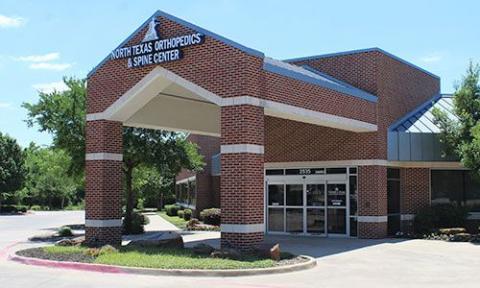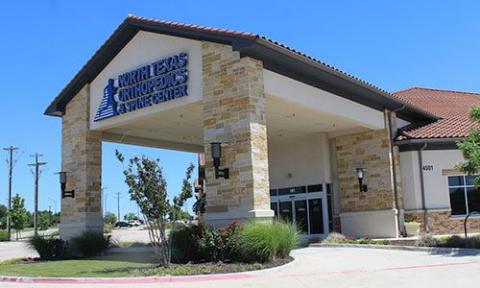Ganglion cysts are noncancerous lumps that commonly develop along the tendons or joints of the wrists, hands, ankles, or feet. While these cysts are usually harmless, they can cause discomfort, restrict movement, or interfere with daily activities. For individuals experiencing these issues, ganglion cyst removal offers a reliable solution. In this blog post, we will cover the causes, symptoms, surgical procedure, and recovery process for ganglion cyst removal.

A ganglion cyst is a fluid-filled sac that typically forms near a joint or tendon. These cysts can vary in size and may fluctuate over time. Common characteristics include:
The exact cause of ganglion cysts is not fully understood, but they are thought to be associated with:
Not all ganglion cysts require removal. Many resolve on their own or can be managed with conservative treatments. Removal is often recommended if:
Ganglion cyst removal, or ganglionectomy, is a minor surgical procedure typically performed on an outpatient basis. The process involves:
The procedure usually takes less than an hour and is considered low-risk.
Recovery from ganglion cyst removal is generally quick, though it depends on the location and size of the cyst. Patients can expect:
Physical therapy may be recommended to restore strength and flexibility to the affected area.
While ganglion cyst removal is a safe procedure, potential risks include:
Discussing these risks with your surgeon can help you make an informed decision about the procedure.
Before opting for surgery, your doctor may suggest other treatments, such as:
Ganglion cyst removal is an effective solution for individuals experiencing pain, restricted movement, or other complications due to a cyst. With proper care and guidance, most patients experience significant relief and return to normal activities. If you suspect a ganglion cyst or have concerns about one, consult a healthcare professional to discuss your options.
For more information on hand and wrist health, explore our blog or schedule a consultation with one of our specialists today.
See why our patients love our physicians, quality of care, and amazing results.
*Based on Independent Market Research


North Texas Orthopedics will be closed on December 25 in observance of the holidays. Wishing you a joyful season!